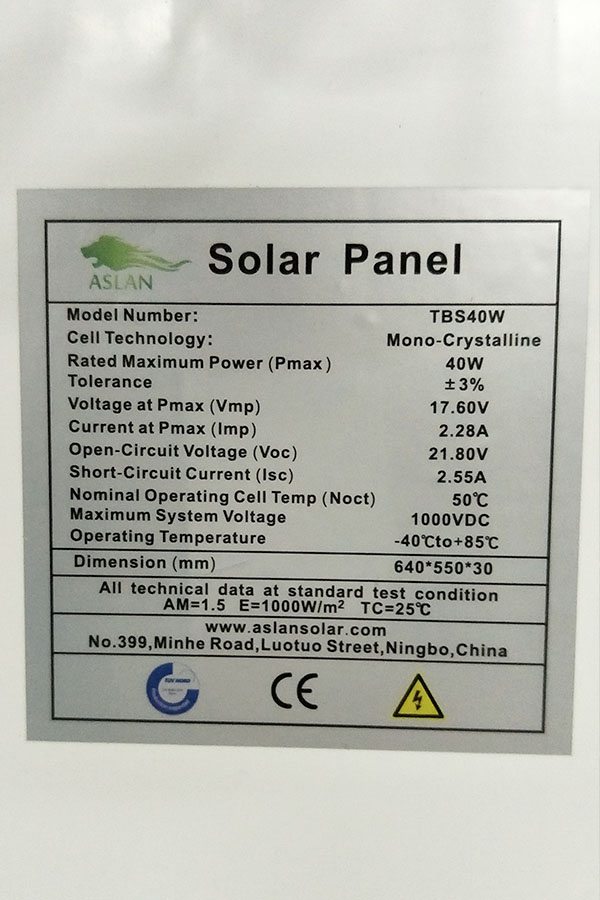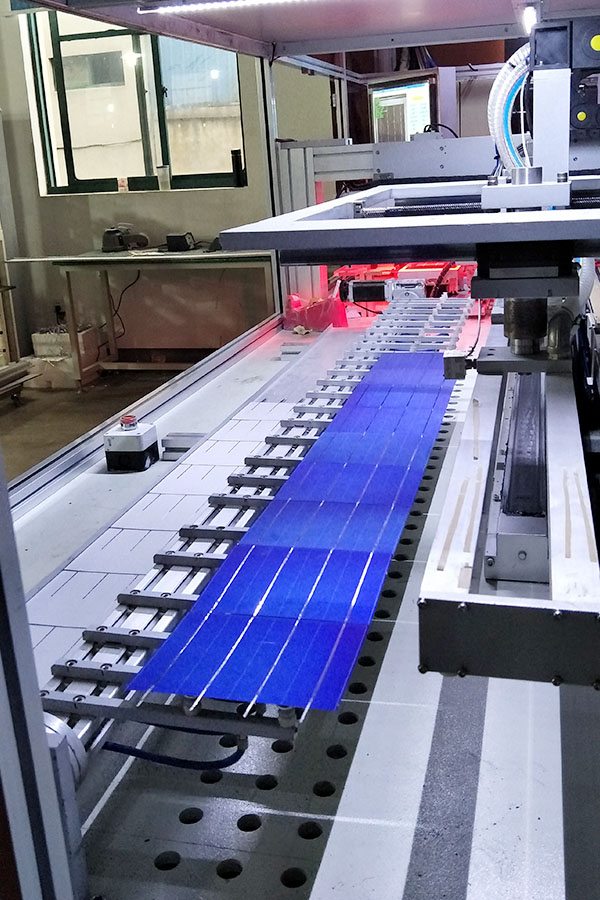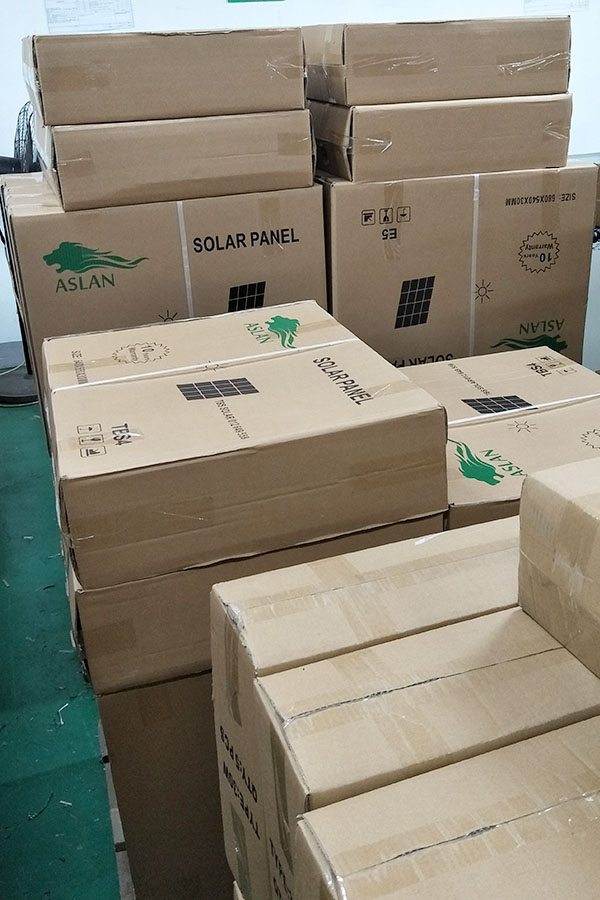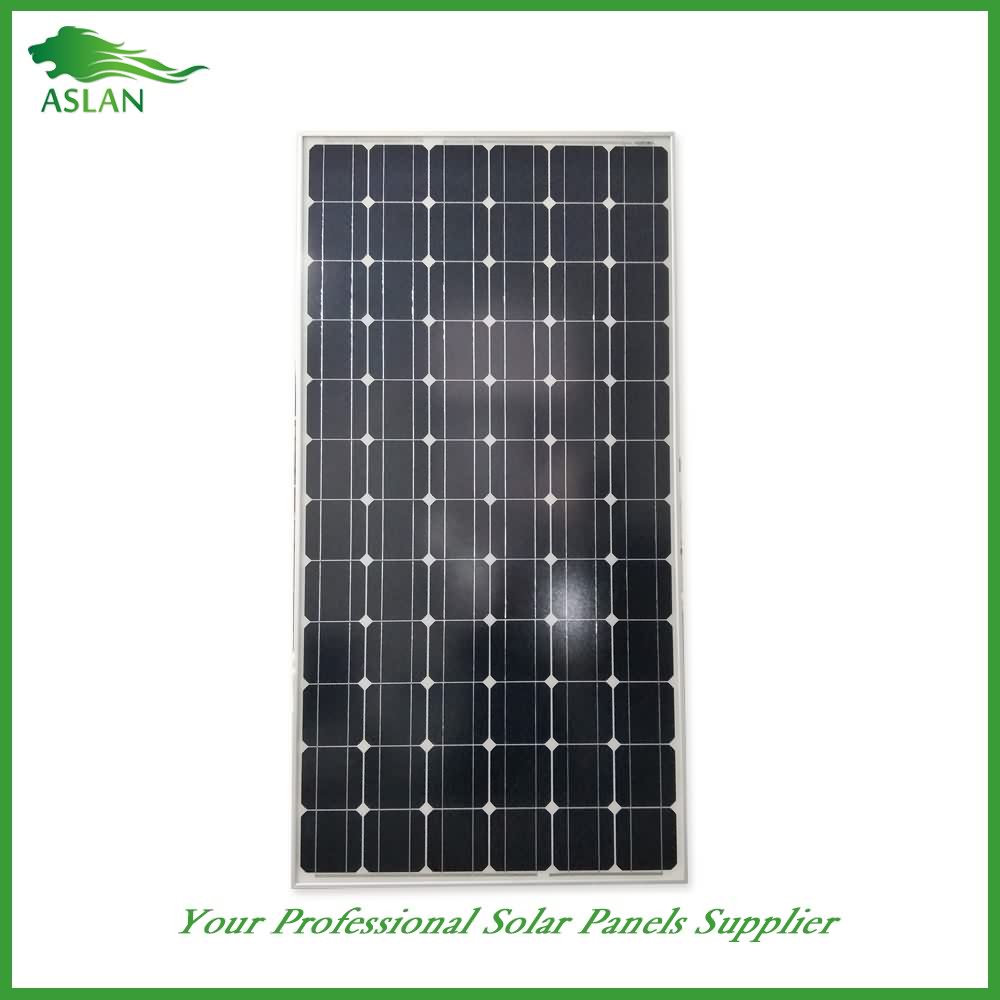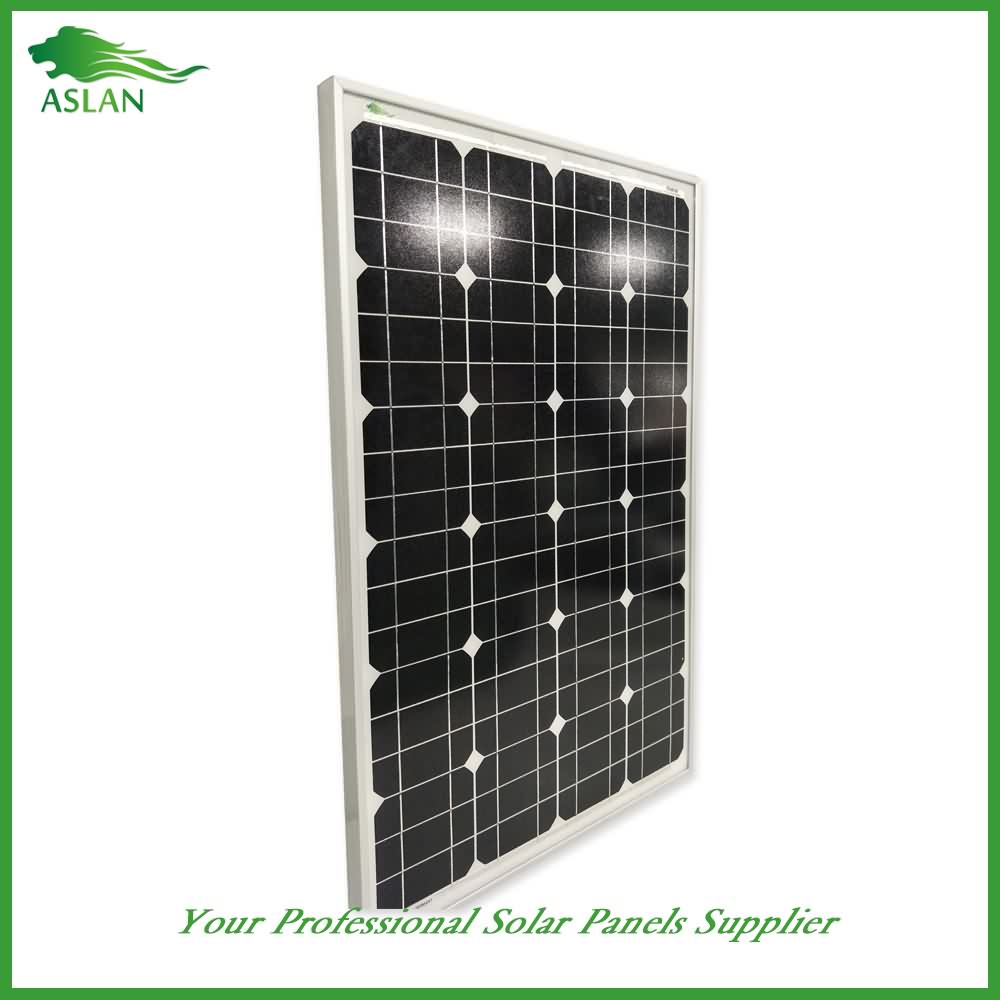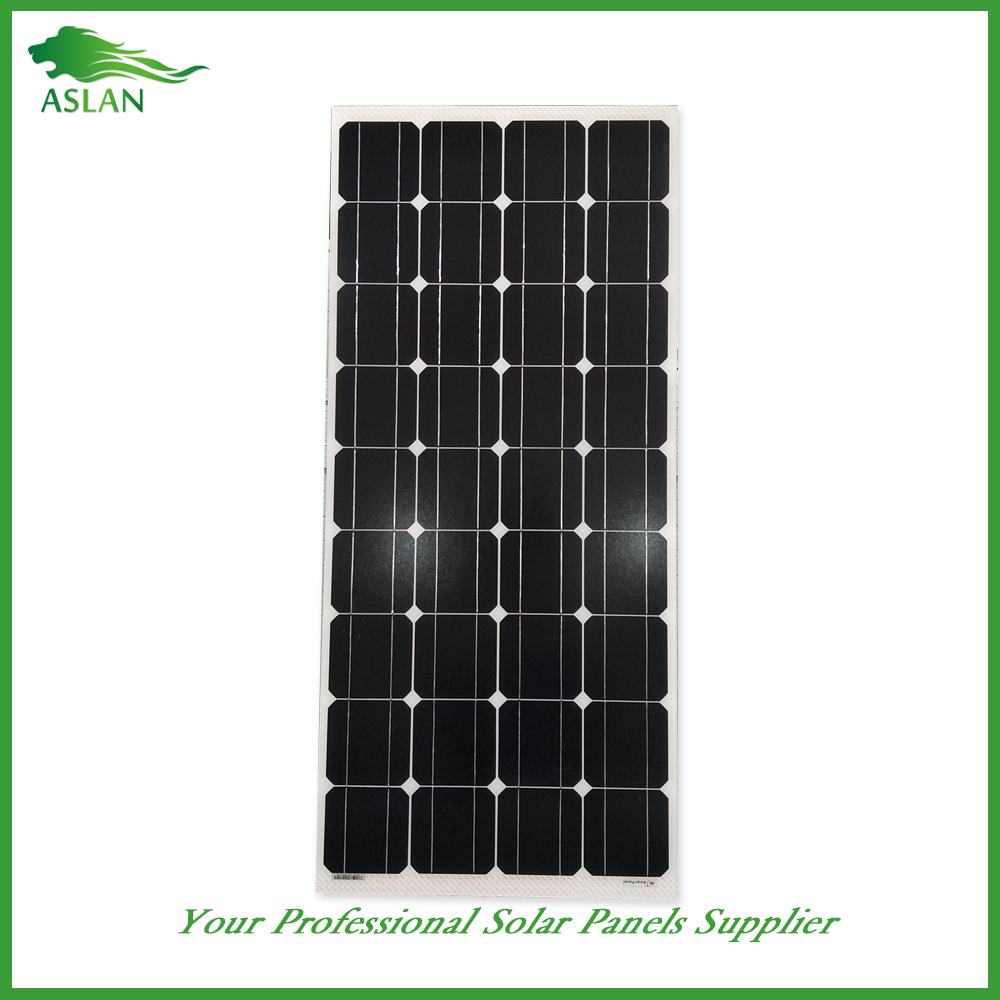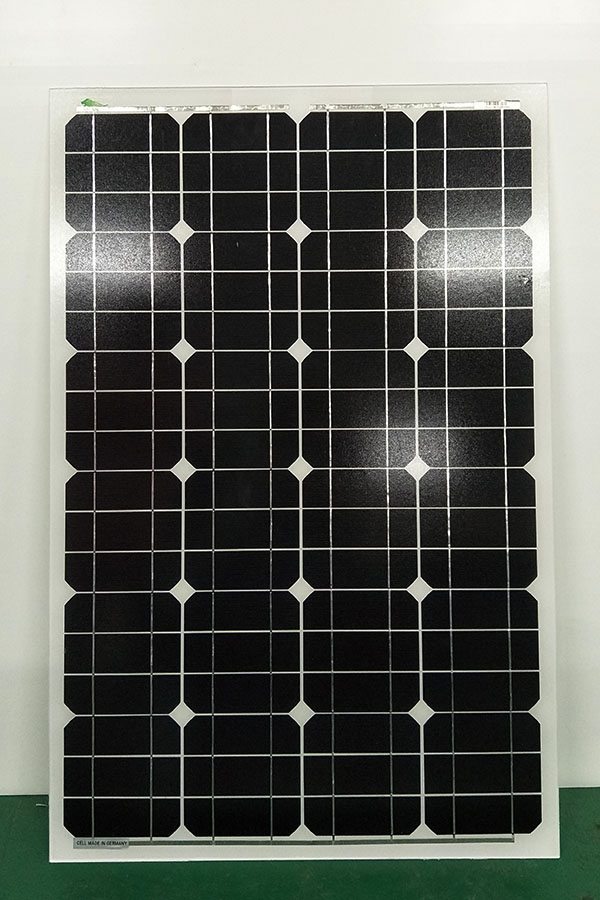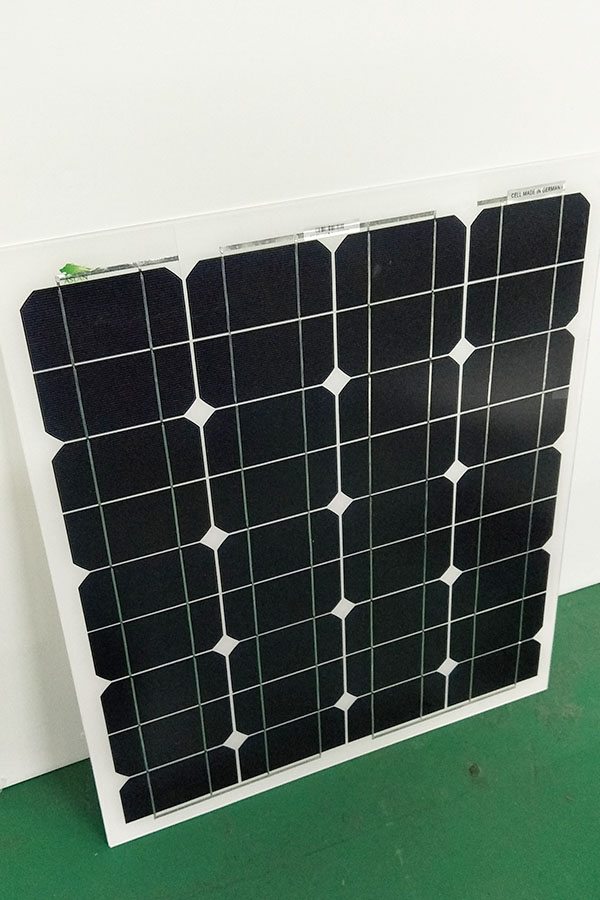12 Years Factory wholesale Poly-crystalline Solar Panel 60W Malaysia Importers
Short Description:
We insist on offering high quality production with good business concept, honest sales and the best and fast service. it will bring you not only the high quality product and huge profit, but the most significant is to occupy the endless market for 12 Years Factory wholesale Poly-crystalline Solar Panel 60W Malaysia Importers, We fully welcome customers from all over the world to establish stable and mutually beneficial business relationships, to have a bright future together.
Poly-crystalline Solar Panel 60W
Technical parameter
Maximum Power(W) 60W
Optimum Power Voltage(Vmp) 17.35V
Optimum Operating Current(Imp) 3.46A
Open Circuit Voltage(Voc) 21.16V
Short Circuit Current(Isc) 3.80A
Mechanical Characteristics
Cell Type Poly-crystalline 156 x 65mm
No of Cell 36 (4x9pcs)
Dimensions 678x657x35mm
Weight 5.0Kg
Front Glass 3.5mm,High Transmission, Low Iron,Tempered Glass
Junction box IP65 Rated
Output Cable TUV 1×4.0mm2/UL12AWG,Length:900mm
Temperature and Coefficients
Operating Temperature(°C): -40°C ~ + 85°C
Maximum System Voltage: 600V(UL)/1000V(IEC) DC
Maximum Rated Current Series: 15A
Temperature Coefficients of Pmax: -0.47%
Temperature Coefficients of Voc: -0.389%
Temperature Coefficients of Isc: 0.057%
Nominal Operationg Cell Temperature (NOCT): 47+/-2°C
Materials of solar panel
1).Solar Cell——Poly-crystalline solar cell 156*65mm
2).Front Glass——-3.2mm, high transmission, low iron, tempered glass
3).EVA——-excellent anti-aging EVA
4).TPT——-TPT hot seal made of flame resistance
5).Frame——anodized aluminum profile
6).Junction Box——-IP65 rated, high quality, with diode protection
Superiority: high quality anodized aluminum frame, high efficiency long life, easy installation, strong wind resistance, strong hail resistance.
Features
1. High cell efficiency with quality silicon materials for long term output stability
2. Strictly quality control ensure the stability and reliability, totally 23 QC procedures
3. High transmittance low iron tempered glass with enhanced stiffness and impact resistance
4. Both Poly-crystalline and Mono-crystalline
5. Excellent performance in harsh weather
6. Outstanding electrical performance under high temperature and low irradiance
Quality assurance testing
Thermal cycling test
Thermal shock test
Thermal/Freezing and high humidity cycling test
Electrical isolation test
Hail impact test
Mechanical, wind and twist loading test
Salt mist test
Light and water-exposure test
Moist carbon dioxide/sulphur dioxide
Solar Panel Mono Crystalline VS Poly Crystalline Urdu/Hindi By Zakria 2017
Visit my website
https://urduhub4you.com
Please Don’t forget to Like and Subscribe to my Channel for more Entertaining Videos.
Thanks For Watching
==========================================
Entertaining Videos
Please Like & Subscribe My Channel
==========================================
Please Subscribe My Channel
https://www.youtube.com/c/zakriauzu
==========================================
Please Subscribe My Other Channel
Channel Name DIGITAL ZU24
==========================================
Website : http://www.zakria42db.com/
: http://zakria42db.blogspot.com/
==========================================
https://www.instagram.com/zakriazu/
==========================================
Facebook Page
https://www.facebook.com/zakria.zu/?ref
==========================================
==========================================
Facebook
https://www.facebook.com/zakria.zu
==========================================
==========================================
Editing By Zakria
==========================================
A fascinating tour through our solar sytem, based on NASA’s Science on a Sphere program “The Wanderers”.
Whole subtitles:
In ancient times, humans watched the skies looking for clues to their future and to aid in their very survival. They soon observed that some stars were not fixed, but moved in the sky from night to night. They called these stars the wanderers.
At the center of our solar system is the sun, binding the planets with its gravitational pull. From our viewpoint on earth, the sun appears small in the sky, but in reality it dwarfs even Jupiter, the largest planet in the solar system.
The distance from the sun to the small worlds traveling it are vast. Light takes eight minutes to reach earth, and nearly a day to reach the farthest known bodies. Join us now as we tour our solar system, starting with sun-baked mercury and traveling to the remotest outskirts, where small, icy bodies move with only the faintest connection to our sun.
Mercury
Mercury, the closest planet to Sun is also the smallest terrestrial planet. It orbits so swiftly that its year lasts only 88 Earth days. The airless cratered surface could almost be mistaken for our moon, relentlessly bombarded by meteoroids for four and a half billion years. One of these encounters left a giant scar called the golarus basin, one of the largest impact sights in the solar system. Temperatures on the surface of mercury can reach a blistering 800 degrees Fahrenheit, and can dip to 300 degrees below zero on the night side.
Venus
Venus, as seen from Earth, is the brightest object in sky after the Sun and Moon. Russian probes were the first to land on Venus in the 1970′s and 1980′s. Venus’s surface is volcanic. Its atmosphere is composed of thick, dense carbon dioxide with sulfuric acid clouds. Both are potent greenhouse gases that trap incoming sunlight. Venus rotates slowly—one Venusian day lasts almost four Earth months.
Earth
Earth is the only planet with life as we know it. The atmosphere and temperatures are “just right” for life. It is the only known body in our solar system where water can exist as a gas, liquid,
and solid. Vast oceans dominate surface of the planet. Seasonal changes occur on the surface. Earth has a solid surface that constantly shifts due to plate tectonics.
Mars
Once geologically active, Mars has the largest dormant volcano in the solar system, Olympus Mons. It also hast the longest valley in the solar system, called Valles Marineris. Mars has a thin, atmosphere primarily composed of carbon dioxide. Surface conditions are dynamic. Mars has seasons as well as massive dust storms that cover the planet. Its surface features include the smooth, low-lying northern hemisphere and the craggy, heavily-cratered southern uplands. Evidence suggests that Mars had water running on its surface at some time in the past.
Asteroid belt
The asteroid belt is composed of small rocky pieces. The big question is “What happened here?” and “Why no planets?” The asteroid Ceres is large enough to be classified as a dwarf planet.
Jupiter
Jupiter is the largest and most massive planet in the Solar System. It rotates rapidly, completing one rotation every 10 hours. Long-lasting, high-speed winds and storms dominate Jupiter’s atmosphere. Jupiter has a faint planetary ring system and over 63 moons. The largest moons, discovered by Galileo in 1610, vary widely.
Io is volcanically active. Europa’s cracked surface likely hides an ocean below. Ganymede is the largest moon in the Solar System. Callisto is heavily cratered.
Saturn
Saturn’s seemingly serene atmosphere hides powerful storms and winds on its surface. Saturn is known for its extensive ring system made of chunks of ice, rock, and dust with small moonlets embedded within the rings. Saturn has more than 60 moons. Conditions vary among the moons.
Titan, the largest moon, has a thick, smoggy, atmosphere covering its icy surface with lakes of liquid methane or ethane. Small Enceladus has water and ice geysers at its south pole. Its water vapor coat other nearby moons and create a thin Saturn ring.
Uranus
Uranus receives 400 times less sunlight than Earth. Uranus lies nearly sideways, making its axis nearly parallel to the plane of the Solar System. This extreme tilt give rise to seasons that last nearly 28 Earth years. Uranus as many moons and a faint ring system. It has only been visited by one spacecraft, Voyager 2, in 1986. Like the other giant planets, Uranus’s atmosphere is primarily hydrogen and helium with a trace of methane gas over deep clouds, giving it a pale blue-green tint.
Neptune
Neptune also has many moons and a faint ring system. Its Great Dark Spot, a large storm with extremely strong winds, disappeared in the 1990s. Neptune’s vivid blue color is due to its frigid temperature: -371°F (-224 °C).

